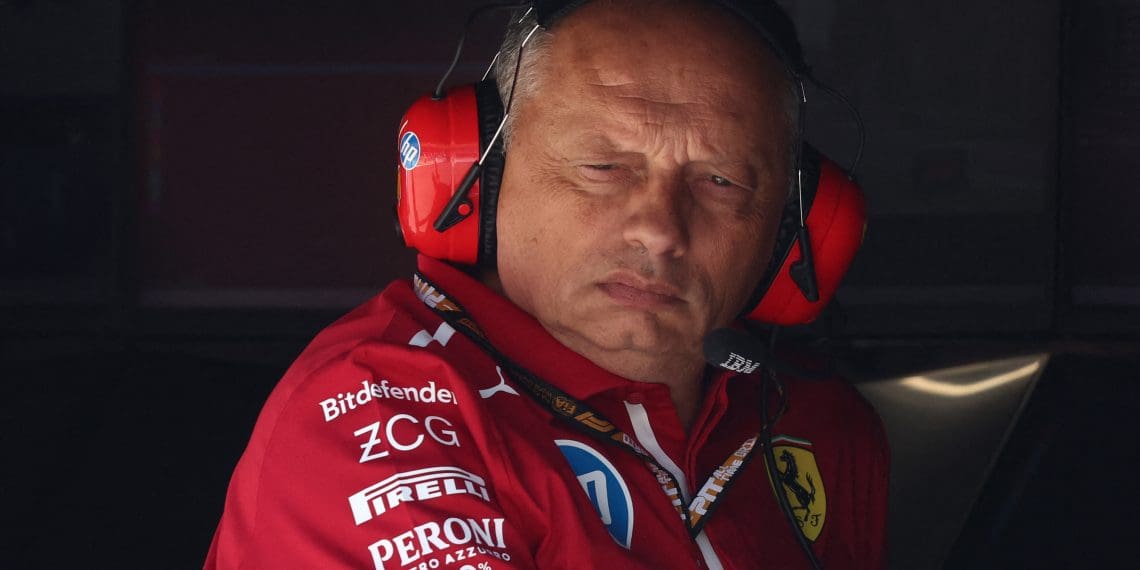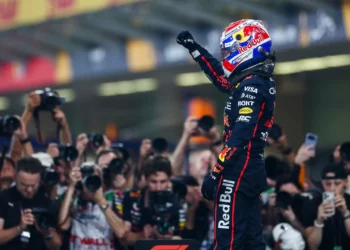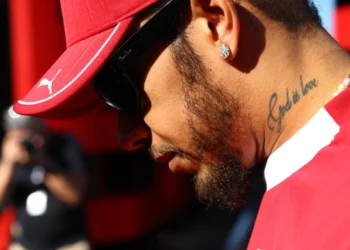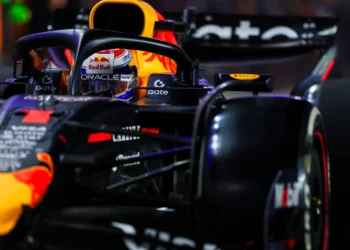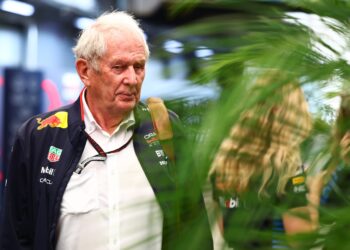The Formula 1 world is ablaze with controversy over new flexi-wing rules that have set the FIA and F1 teams on a collision course. The recent technical directive cracking down on flexible front wings has sent shockwaves through the paddock at the Spanish Grand Prix in Barcelona.
Opinions vary from those hailing the new rules as a “game changer,” like Ferrari’s Fred Vasseur, to skeptics like McLaren’s Andrea Stella, who believe the impact will be minimal. The reality likely lies somewhere in between these extreme views.
One thing is certain – the landscape of aerodynamics in F1 is set to shift dramatically. Each team’s design philosophy will be put to the test as they scramble to adapt to the new regulations without compromising their underlying concepts. The ability to adjust and replicate changes to meet the stricter deflection limits will be crucial for maintaining performance levels.
While the visual effects of these rule changes may not be apparent to the naked eye, the structural integrity of front wings under high-speed loads is a critical factor. Teams are finding innovative ways to maintain flexibility within the new limits, ensuring their cars remain competitive on the track.
As the FIA tightens its grip on wing flexibility, teams are forced to rethink their aerodynamic strategies. The question remains – could this upheaval have been avoided, or is it a necessary step towards a more level playing field in F1? Only time will tell as teams grapple with the implications of these new rules.
The tension between the FIA and F1 teams is palpable as they navigate this new era of regulations. The stakes are high, and the pressure is on to adapt or risk falling behind in the relentless pursuit of speed and performance.

